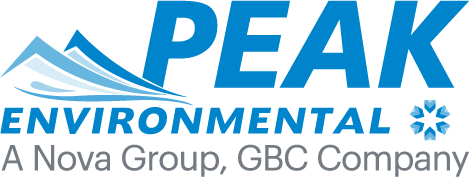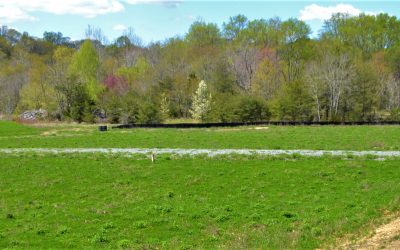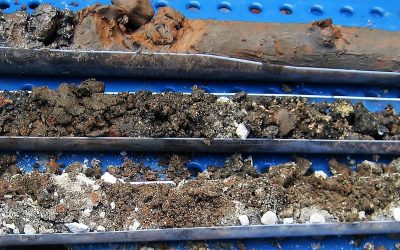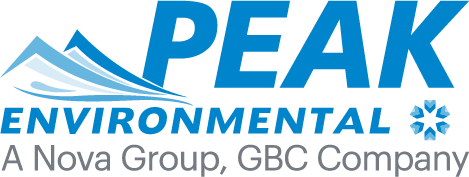Remedial Alternative Selection
Remedial Alternative Selection
Environmental remediation must result in conditions that are protective of human health, safety, and the environment. The number of applicable remediation options for a given project can be twenty or more, depending on contaminant type media affected, and property use and can range from basic removal to long term, high complexity remediation systems. Therefore, a structured approach to alternative selection is required to support effective decision-making based on information available at the time.
When active remediation is necessary, Peak’s Remedial Alternative Selection (RAS) process provides a comprehensive approach to evaluating alternatives and selecting the best remedial option for a given Site. Evaluated options include multiple variations of physical removal and disposal or treatment, in-situ treatment systems, abiotic destruction & in-situ chemical oxidation (ISCO) injections, aerobic and anaerobic bioremediation amendment injections, and containment technologies, each potentially applicable to soil, groundwater, surface water, sediment, vapor or combinations thereof.
The process considers the effectiveness for contaminants present, client goals, regulatory mandates and restrictions, future use of property, duration and schedule, cost, logistics, accessibility, disruption to operations, and post-remedial requirements. A typical site is evaluated in two steps. Initially, a wide set of remedial alternatives applicable to the type of contaminant and the affected media are screened. Subsequently, potentially applicable alternatives are compared based on a series of detailed evaluation metrics to further reduce the list of best alternatives and rank them.
Metric Task
-
- Costs & Financials Estimate life cycle cost, funding, capital costs, expenses, cash flow
- Remedial Objective Success Verify demonstrated effectiveness of alternative
- Constructability Confirm logistics and site use, infrastructure proximity
- Safety Minimize HSSE risks to team and third parties
- Integrity Maximize long-lerm effectiveness/reliability
Typically, the process identifies a short list of less than five primary options that offer best value to achieve goals. Multiple alternatives may be appropriate and can be implemented in parallel or sequence. Detailed cost estimates for the short list and discussion of most important objectives and criteria for the site then leads to final selection.
Projects
LSRP Services, Gloucester County, NJ
Peak has provided LSRP services since 2013 for a group of companies that sent waste to a former waste transfer station that was abandon by its owner in the 1990s. The former facility accepted and transported solid and liquid industrial waste from numerous...
Historic Fill Management, Totowa, NJ
Peak Environmental, A Nova Group GBC Company (Peak) was retained by a property owner preparing for a transaction to conduct a Site Investigation and Remedial Investigation of mapped Historic Fill. Following the completion of soil sampling, Peak identified regulatory...
Industrial Site Recovery Act Site, Elizabeth, NJ
Peak has been managing the investigation and remediation of several areas of concern (AOC), including chlorinated solvents in soil and groundwater at the primary Site AOC, at a 20-acre former manufacturing plant serving the electric industry from 1917 to 1995 when...
Discuss Your Project
Contact
Peak Environmental, A Nova Group, GBC Company
732-326-1010
info@peak-environmental.com
26 Kennedy Blvd, Suite A
East Brunswick, NJ 08816
Industries
Legal
Real Estate
Financial
Insurance
Petroleum
Manufacturing
Materials
Construction
Education





